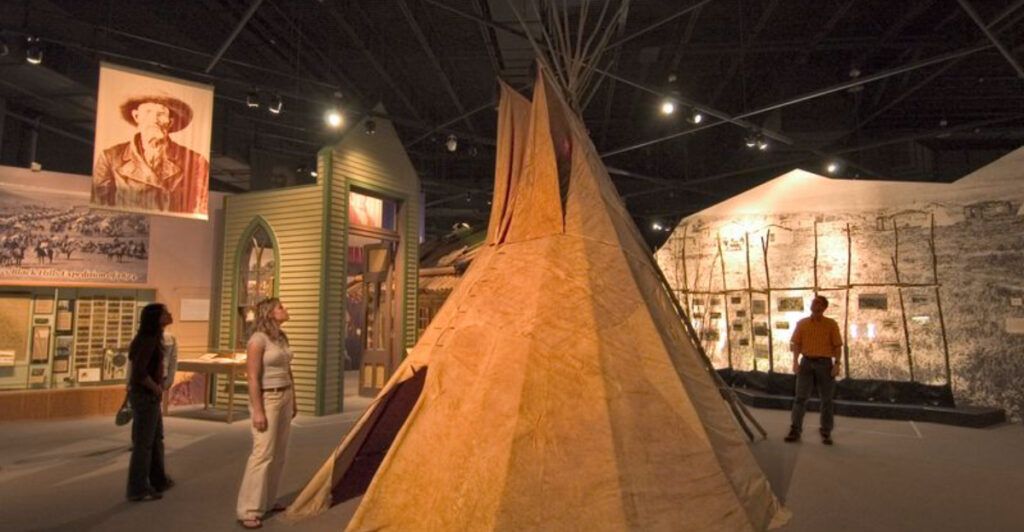Walking through my first Native American museum, I expected pretty artifacts and basic history lessons. What I discovered instead transformed how I see Indigenous cultures, colonial impact, and authentic storytelling. These 17 museums became classrooms where Native voices finally spoke their own truths. Each visit peeled away layers of misconceptions I never knew I carried.
1. National Museum of the American Indian (Washington, D.C. & New York, NY)
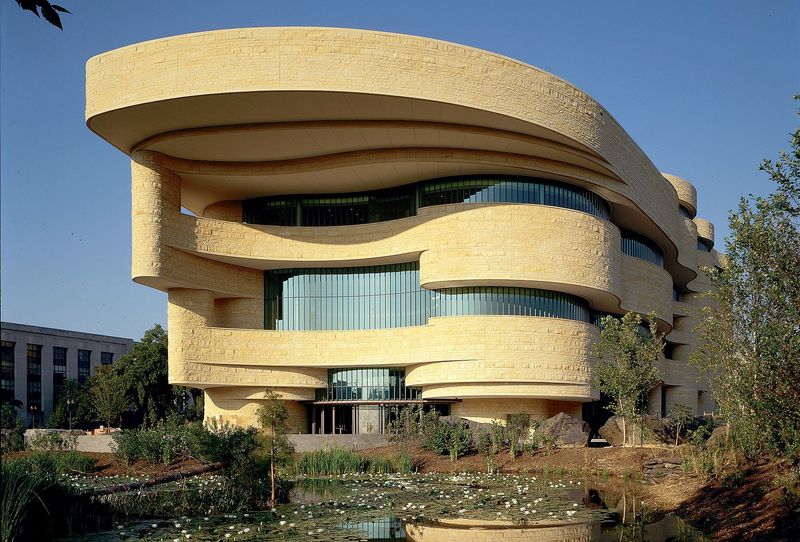
Standing before the curved limestone walls designed to mirror natural rock formations, you immediately sense this place breaks traditional museum rules. Native architects and tribal consultants shaped every corner, ensuring Indigenous perspectives guide each exhibit.
The collection spans 12,000 years and represents over 1,200 tribal communities across the Americas. Interactive displays let you hear creation stories in original languages while touching replica tools and ceremonial objects.
Both locations offer different experiences – Washington focuses on contemporary Native life while New York emphasizes historical collections. Plan multiple visits because one day barely scratches the surface of this incredible cultural treasure.
2. Heard Museum (Phoenix, AZ)
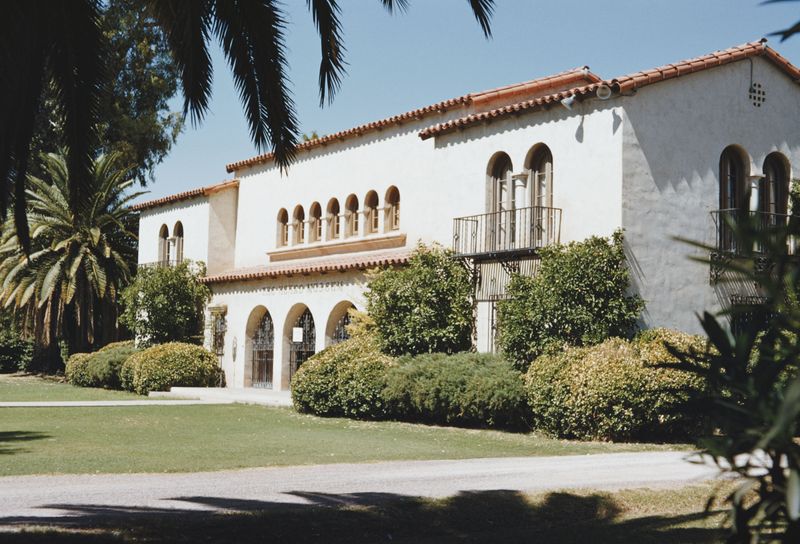
The moment you enter the Heard’s sculpture garden, towering bronze figures and colorful murals announce this museum’s deep connection to Southwest Indigenous artistry. Founded in 1929, it houses over 40,000 objects representing 250+ tribal communities.
The Hopi kachina doll collection alone contains nearly 500 pieces, each telling stories about seasonal ceremonies and spiritual beliefs. Interactive weaving demonstrations show how Navajo artists create intricate rugs using traditional techniques passed down through generations.
Don’t miss the contemporary galleries where modern Native artists blend ancient symbols with current social commentary. The museum shop features authentic pieces directly purchased from tribal artisans, supporting Indigenous economic independence.
3. Museum of Indian Arts & Culture (Santa Fe, NM)
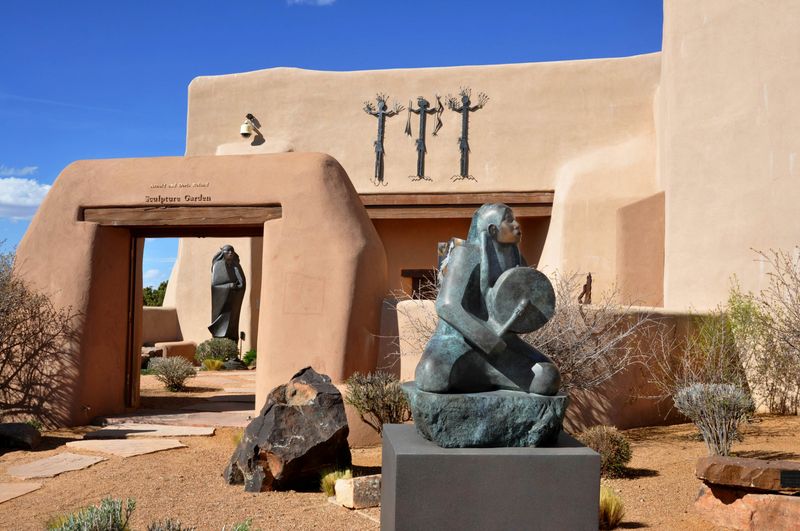
Perched on Museum Hill overlooking Santa Fe, this repository holds archaeological treasures dating back 13,000 years. The “Here, Now and Always” exhibition revolutionizes how museums present Indigenous history by letting Pueblo communities curate their own stories.
Ancient pottery shards reveal sophisticated trade networks stretching from Mexico to Canada. Modern installations demonstrate how traditional knowledge guides contemporary environmental practices and sustainable living approaches.
The research center welcomes tribal members seeking to reconnect with ancestral objects and cultural practices. Summer workshops teach traditional arts like pottery-making and jewelry crafting, connecting visitors directly with living Indigenous traditions rather than treating them as historical curiosities.
4. The Mashantucket Pequot Museum & Research Center (Mashantucket, CT)
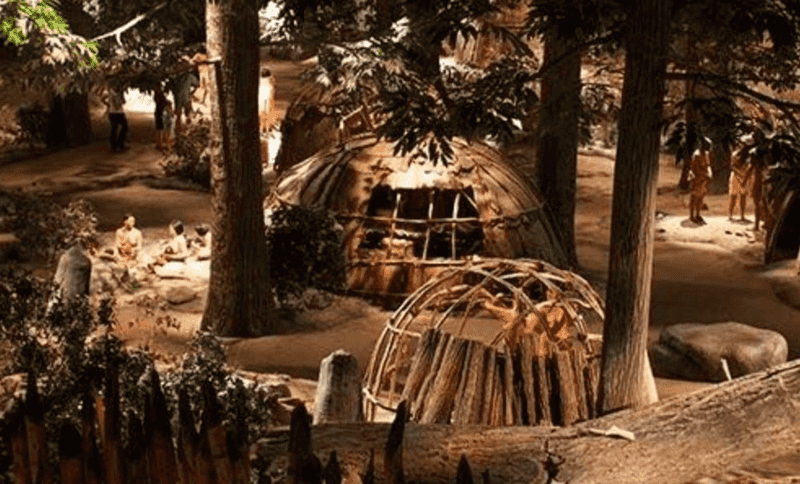
Walking through the recreated 16th-century Pequot village, complete with bark-covered wigwams and cooking fires, transports you 500 years into the past. This $193 million facility represents one of the world’s largest Native American museums.
The centerpiece features a dramatic diorama depicting the 1637 Mystic Massacre, where colonial forces killed hundreds of Pequot people. Interactive computer stations let you explore family genealogies and land ownership records.
The research library contains thousands of documents related to federal recognition battles and tribal sovereignty issues. Educational programs connect local schools with Pequot elders who share traditional ecological knowledge and language preservation efforts.
5. The Journey Museum (Rapid City, SD)

Lakota elders greet visitors with traditional songs and stories, immediately establishing this museum’s commitment to authentic cultural transmission. The building itself incorporates sacred directional symbolism important to Plains Indian cosmology.
Exhibits trace 2.5 billion years of Black Hills history, from geological formation through contemporary tribal governance issues. The paleontology section features fossils discovered on tribal lands, emphasizing Indigenous peoples’ role as original land stewards.
Interactive stations teach basic Lakota phrases while demonstrating how buffalo provided everything from food to shelter materials. The gift shop exclusively features artwork created by enrolled tribal members, ensuring tourist dollars directly support Native families and cultural preservation efforts.
6. The Eiteljorg Museum (Indianapolis, IN)

Contemporary Native artists challenge stereotypes through powerful installations addressing everything from urban Indian identity to environmental racism. The museum’s annual Indian Market draws thousands of visitors seeking authentic Indigenous artwork.
Historical galleries feature stunning beadwork, quillwork, and ledger art created by Plains tribes during the reservation era. These pieces reveal how Native artists adapted traditional techniques to document cultural changes and resistance efforts.
Educational programs partner with local Indigenous communities to teach traditional arts and cultural practices. The research library supports scholars studying Native American history and contemporary issues, making Indianapolis an unexpected hub for Indigenous studies and cultural preservation.
7. Ah-Tah-Thi-Ki Museum (Clewiston, FL – Seminole Tribe)
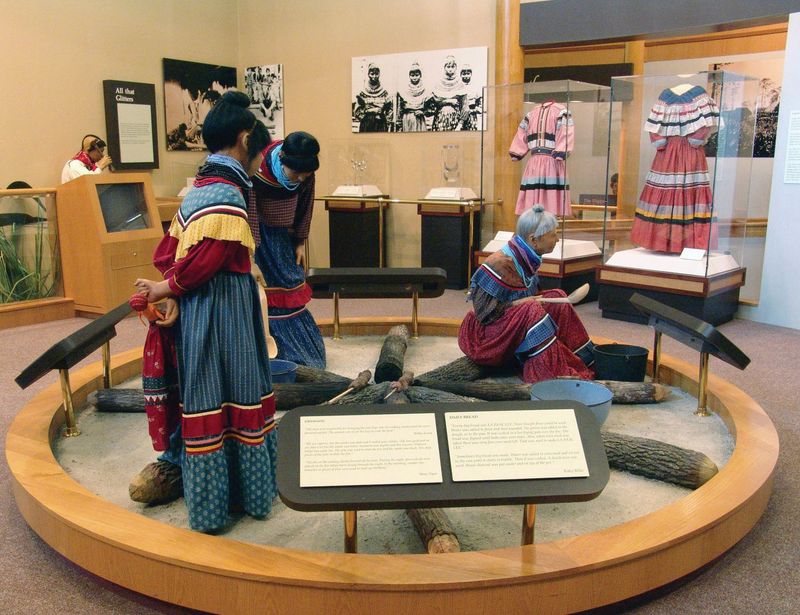
A mile-long boardwalk winds through cypress swamps where Seminole ancestors hid from federal troops during the Indian Wars. This living museum demonstrates how the “Unconquered People” adapted to Everglades environments.
Traditional chickee structures showcase palmetto frond construction techniques still used today. Seminole guides explain how their ancestors developed unique clothing styles, foods, and survival strategies specific to Florida’s challenging landscape.
The museum emphasizes ongoing cultural practices rather than treating Seminole heritage as historical artifact. Visitors learn about contemporary tribal enterprises, language revitalization programs, and environmental protection efforts that continue ancestral traditions of living harmoniously with natural ecosystems.
8. The Museum at Warm Springs (Warm Springs, OR)
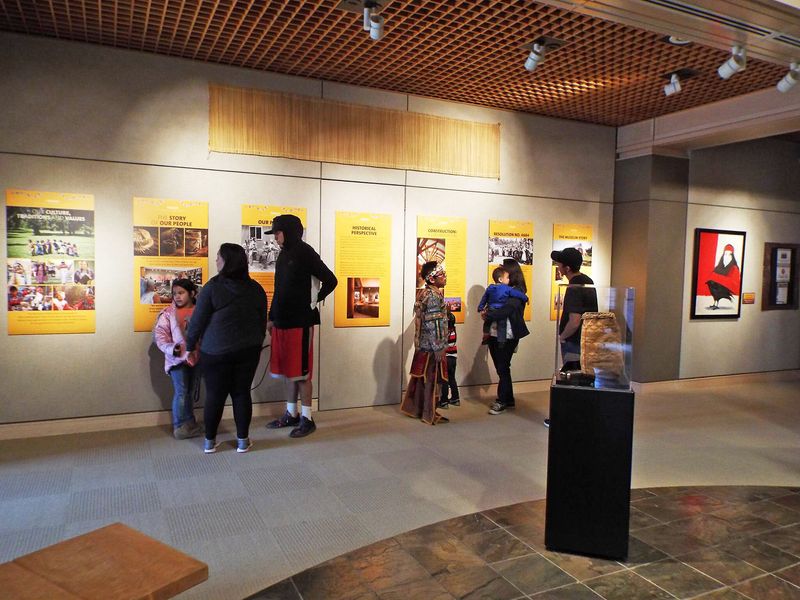
Salmon runs, root gathering, and seasonal migrations shaped thousands of years of Columbia River tribal life. This museum celebrates the Confederated Tribes’ successful fight to maintain treaty fishing rights against government pressure.
Traditional pit houses demonstrate ingenious construction techniques adapted to harsh winter conditions. Interactive displays explain complex salmon preparation methods that sustained communities through lean seasons.
Contemporary exhibits address ongoing battles over dam removal and habitat restoration. Tribal members share personal stories about balancing traditional practices with modern economic needs, showing how Indigenous communities navigate cultural preservation while embracing beneficial changes and technologies.
9. U’mista Cultural Centre (Alert Bay, BC, Canada)

Massive cedar potlatch masks, confiscated by Canadian authorities in 1922, returned home through decades of legal battles and diplomatic negotiations. These sacred objects represent one of the most successful repatriation efforts in North American museum history.
The Big House replica allows visitors to experience traditional Kwakwaka’wakw ceremonies without intruding on actual sacred events. Copper shields and carved house posts demonstrate sophisticated artistic traditions nearly destroyed by government bans.
Elders conduct workshops teaching traditional carving, weaving, and ceremonial protocols to younger community members. The cultural center proves that Indigenous institutions can successfully preserve and transmit cultural knowledge while educating respectful visitors.
10. The First Americans Museum (Oklahoma City, OK)
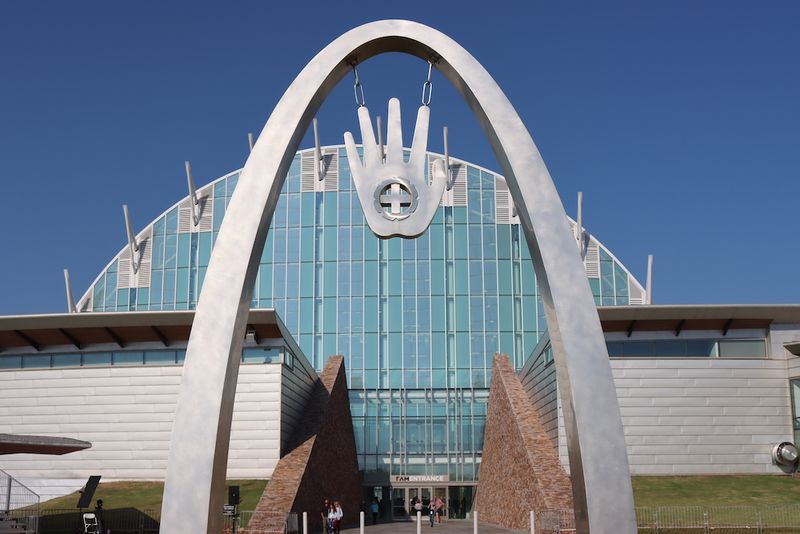
Thirty-nine tribal nations, forcibly relocated to Oklahoma during Indian Removal, share their survival stories through multimedia installations and personal testimonies. The building’s architecture incorporates design elements from various tribal traditions.
Interactive maps trace removal routes while audio recordings preserve elder voices describing family stories passed down through generations. The Trail of Tears exhibits don’t shy away from depicting government brutality and cultural destruction.
Contemporary galleries showcase how relocated tribes rebuilt communities, preserved languages, and maintained cultural practices despite overwhelming challenges. The museum demonstrates remarkable resilience while educating visitors about ongoing sovereignty issues and tribal contributions to Oklahoma’s development.
11. The Haffenreffer Museum of Anthropology (Bristol, RI)
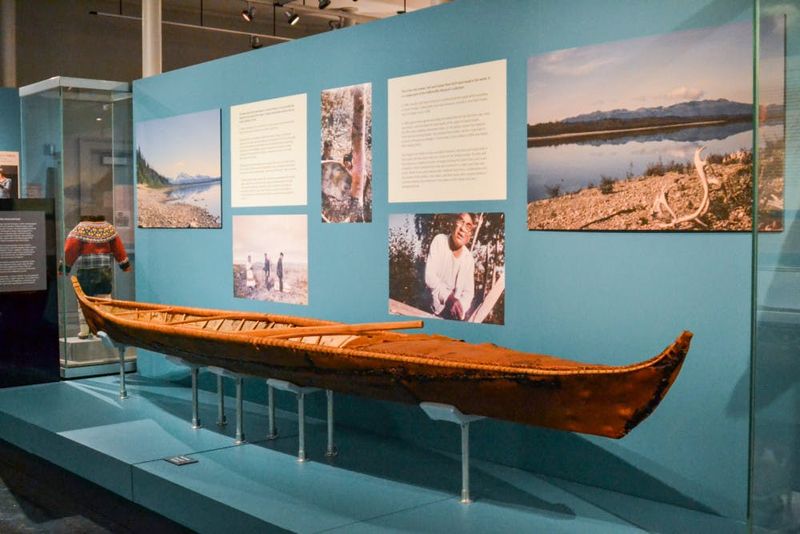
Brown University’s museum takes an academic approach to Indigenous studies, featuring artifacts from Arctic communities to Amazonian tribes. The collection emphasizes anthropological research while respecting cultural sensitivities.
Student researchers work directly with tribal consultants to ensure respectful interpretation and display of sacred objects. The museum actively returns items to originating communities when requested, supporting repatriation efforts.
Educational programs connect university courses with community outreach initiatives. Visiting scholars from Indigenous communities contribute expertise while accessing research materials, creating collaborative relationships that benefit both academic study and cultural preservation efforts throughout New England.
12. The Makah Cultural & Research Center (Neah Bay, WA)
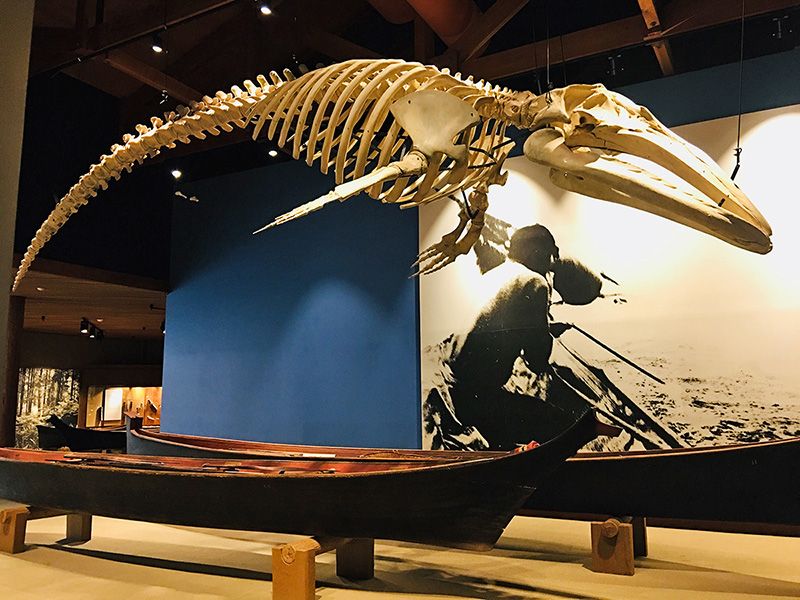
The 1970 Ozette archaeological discovery revealed a perfectly preserved 500-year-old Makah village buried by mudslides. Thousands of artifacts emerged intact, including wooden bowls, harpoon points, and woven baskets.
Makah whalers’ traditional practices, suspended for decades, resumed in 1999 after careful cultural and environmental preparation. The museum explains complex relationships between hunting traditions, spiritual beliefs, and marine ecosystem management.
Research facilities support ongoing archaeological work while training Makah youth in traditional skills like canoe carving and marine navigation. The center proves that Indigenous communities can successfully balance cultural revitalization with scientific research and environmental stewardship.
13. The Seneca-Iroquois National Museum (Salamanca, NY)
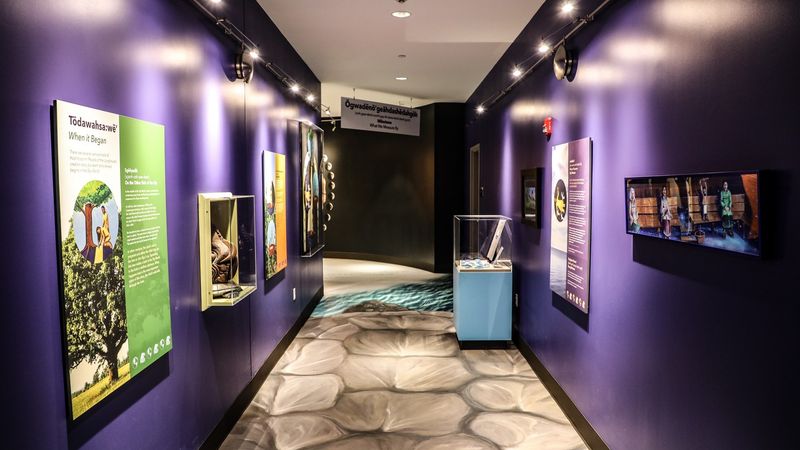
The Haudenosaunee Confederacy’s sophisticated political system influenced American democratic principles, yet most visitors know little about Iroquois governance structures. This museum corrects historical oversights through detailed political and social exhibits.
Wampum belts record treaties, laws, and historical events using intricate bead patterns that function as constitutional documents. Traditional longhouse models demonstrate communal living arrangements and clan-based social organization.
Contemporary exhibits address land claims, gaming revenues, and cultural revitalization efforts. Educational programs teach Haudenosaunee languages and traditional crafts while explaining how ancient governance principles apply to modern tribal administration and inter-governmental relationships.
14. The Ziibiwing Center (Mount Pleasant, MI – Saginaw Chippewa Tribe)

Residential school survivors share painful testimonies about forced assimilation policies designed to “kill the Indian, save the man.” These personal accounts reveal systematic cultural destruction attempts and remarkable survival stories.
Traditional Anishinabe teachings about the Seven Fires prophecy guide exhibit themes connecting historical experiences with contemporary challenges. Sacred pipe ceremonies and seasonal celebrations demonstrate ongoing spiritual practices.
The research center documents family histories disrupted by boarding school experiences while supporting language revitalization efforts. Educational programs help tribal youth reconnect with traditional knowledge while processing intergenerational trauma through cultural healing approaches.
15. The Blackfeet Heritage Center & Art Gallery (Browning, MT)

Buffalo once covered the Great Plains in massive herds that sustained Blackfeet life for countless generations. This center explains complex relationships between people, animals, and landscape through traditional ecological knowledge.
Contemporary Blackfeet artists blend traditional beadwork patterns with modern themes addressing reservation life, environmental concerns, and cultural identity. The gallery rotates exhibitions featuring both emerging and established Indigenous artists.
Cultural programs teach traditional skills like hide tanning and tipis construction while addressing contemporary challenges facing the Blackfeet Nation. Visitors learn how historical trauma affects modern communities while discovering ongoing efforts to strengthen cultural connections and economic opportunities.

